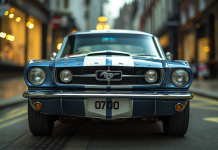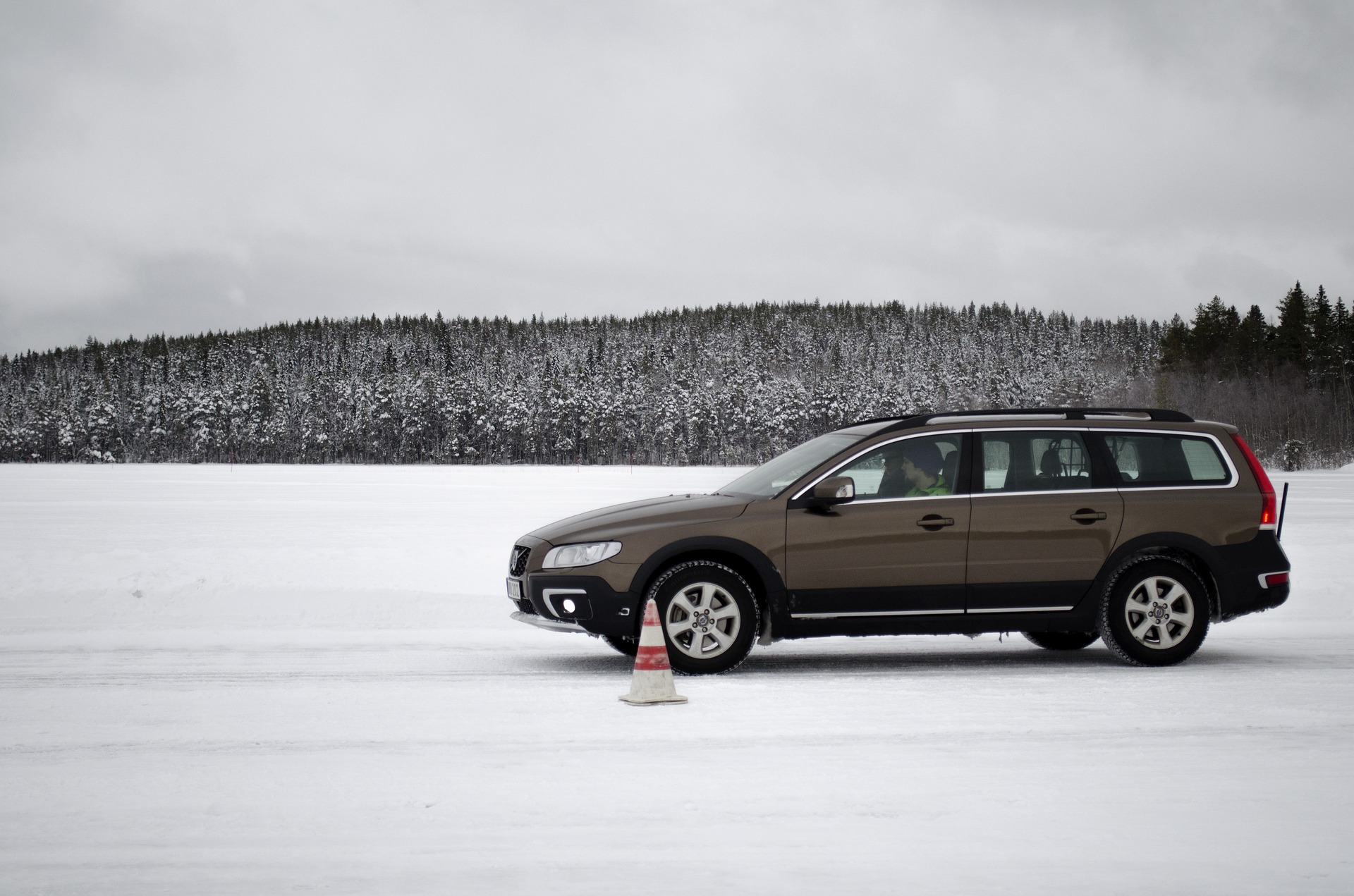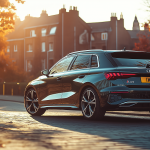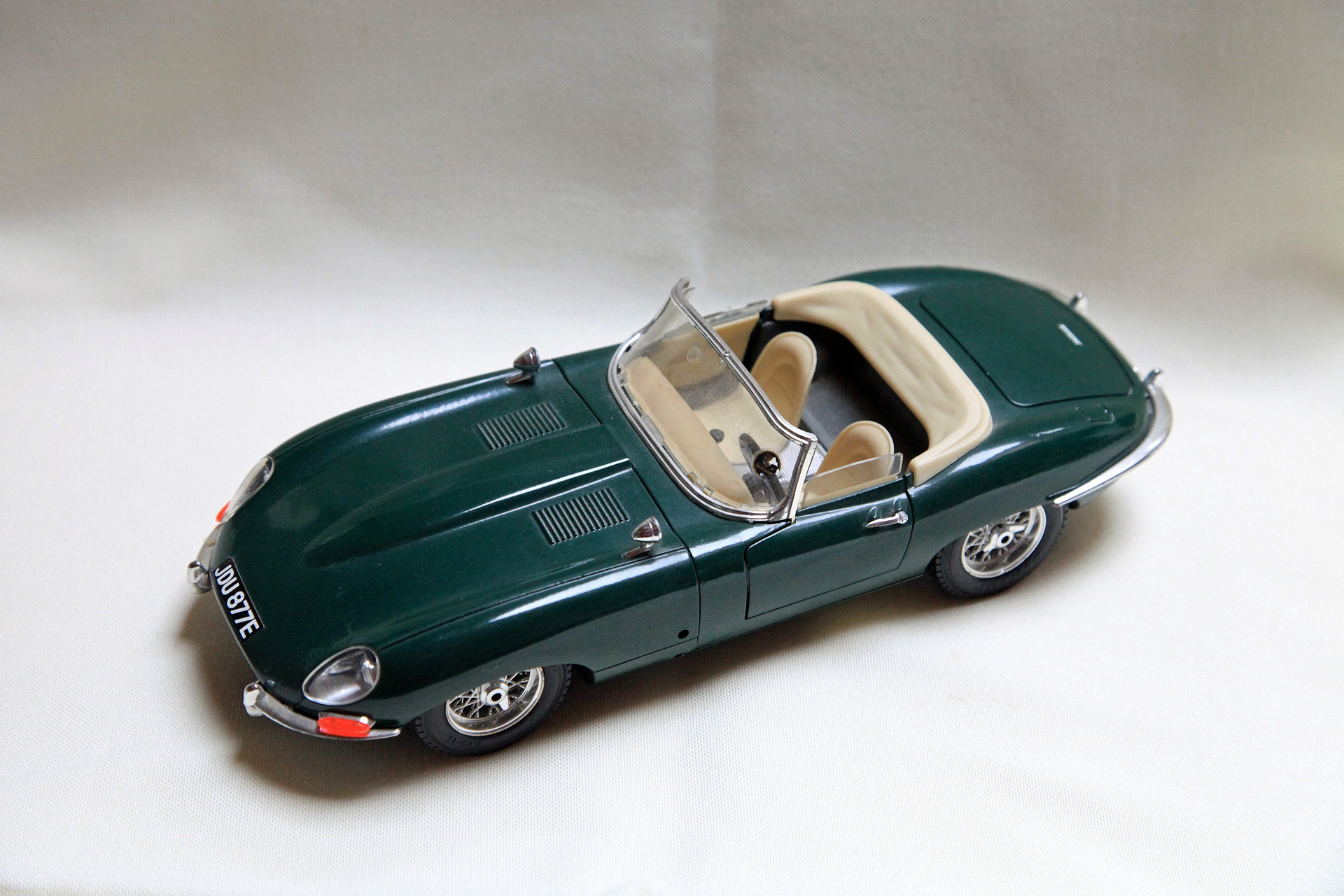Diesel engines are still too noisy, in my opinion.
I’ve driven Jaguars, Audis and BMWs and found that it is still easy to distinguish a diesel from a petrol car by the tell-tale rattle.
The appeal of diesels has also been tarnished by the fact that petrol engines are now becoming increasingly efficient; it is not uncommon for one to return over 50mpg these days.
But if a diesel car is packaged correctly it can still be an attractive proposition.
This brings me to the second generation Hyundai i30, which has frankly surprised me. The designers have gone to town and produced something that is noticeably different from the usual Fords, Vauxhalls, Renaults and Peugeots; I do like that grille and the sweeping curves. The most striking thing about this car though is its sheer quietness.
It’s that quietness that led me to believe I was driving a petrol car for the first day of the test. It was only when I read the specification that I realised this was a diesel. Stand outside with the engine running and it is barely audible as you can hear in the video at testdrives.biz. Sit inside with it ticking over and again you can hardly hear it. This is a phenomenal achievement especially in a car that is priced at well under £20,000. This really does put far more expensive competitors to shame.
This model is also fitted with engine stop/start which is very reliable and cuts in at all the right points and helps return over 70mpg. Usually that diesel rattle kicks in on start up but again a very smooth operation.
My surprise doesn’t stop here either because inside this 1.6-litre model there is a good amount of room, too. Bear in mind that this is a very similar sized car to the upmarket Audi A3, which I recently tested and yet it is far more spacious. In the Audi it really was a struggle to get two cumbersome baby seats in the rear mainly because the front seats did not fold far enough forward. In the Hyundai this wasn’t an issue. There was also more legroom front and back.
With steering mounted controls for the cruise control, radio and telephone, the important things are close to hand. My one qualm is that because the volume controls etc are on the steering wheel they do not stay in the desired position when going round a bend or a roundabout. Therefore, if the volume needs to be turned down for any reason the driver ends up resorting to the volume knob on the stereo.
Air conditioning was much appreciated when the sun finally decided to come out and temperatures soared to over 22 degrees Celsius.
Car interiors have come on in leaps and bounds. My wife was once the proud owner of a 1989 Hyundai Pony. Its dated appearance belied the fact that it was a robust little car and Caroline clocked up a good 20,000 miles in her beloved High n’ Dry before selling it on. The interior was basic and black with no cloth but vinyl, plastic and rubber. Black is still the preference but the i30 has some character, for instance the speedometer and rev counter remind me of cats eyes in their design, another detail that sets it apart from the competition.
These are some of the reasons why Hyundai saw its sales leap by 18 per cent last year to 74,000 units in the UK.








































